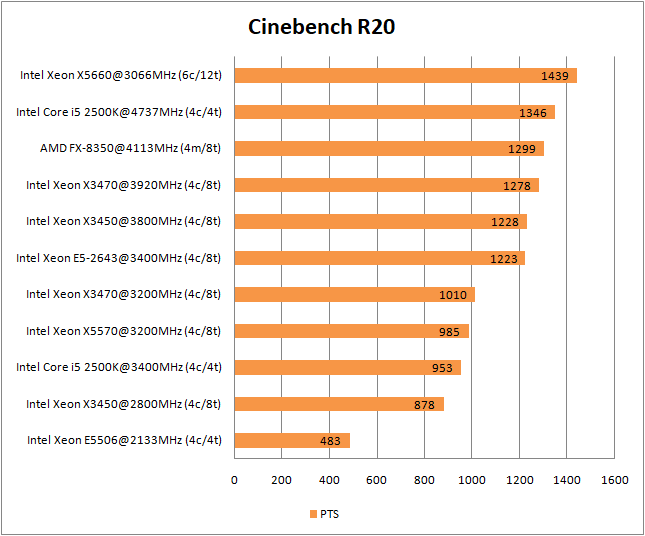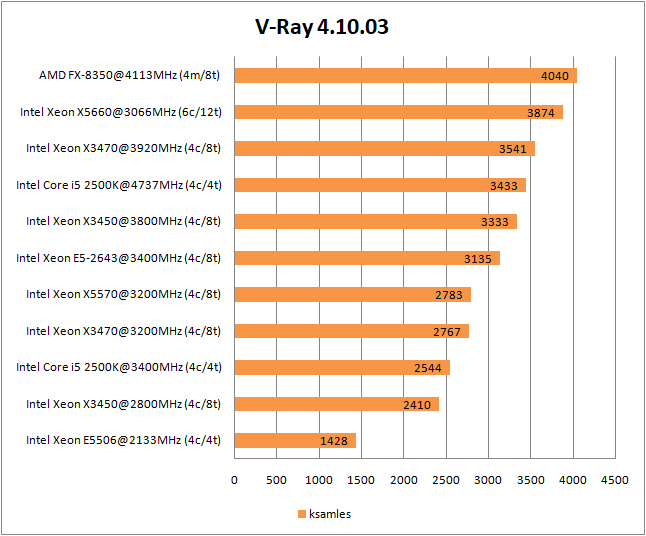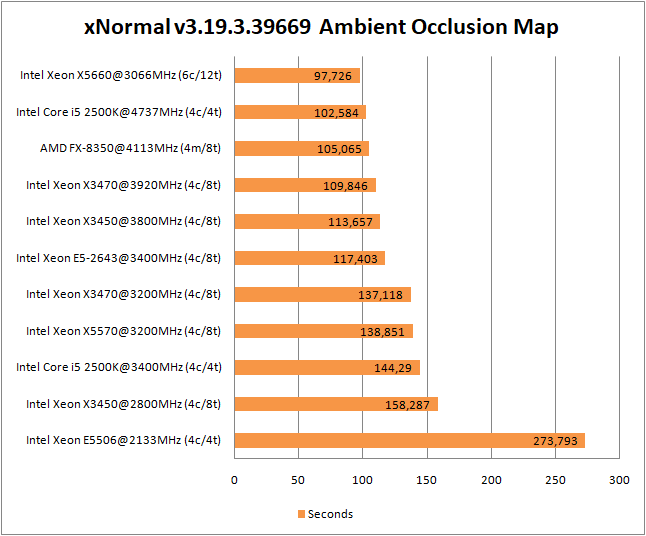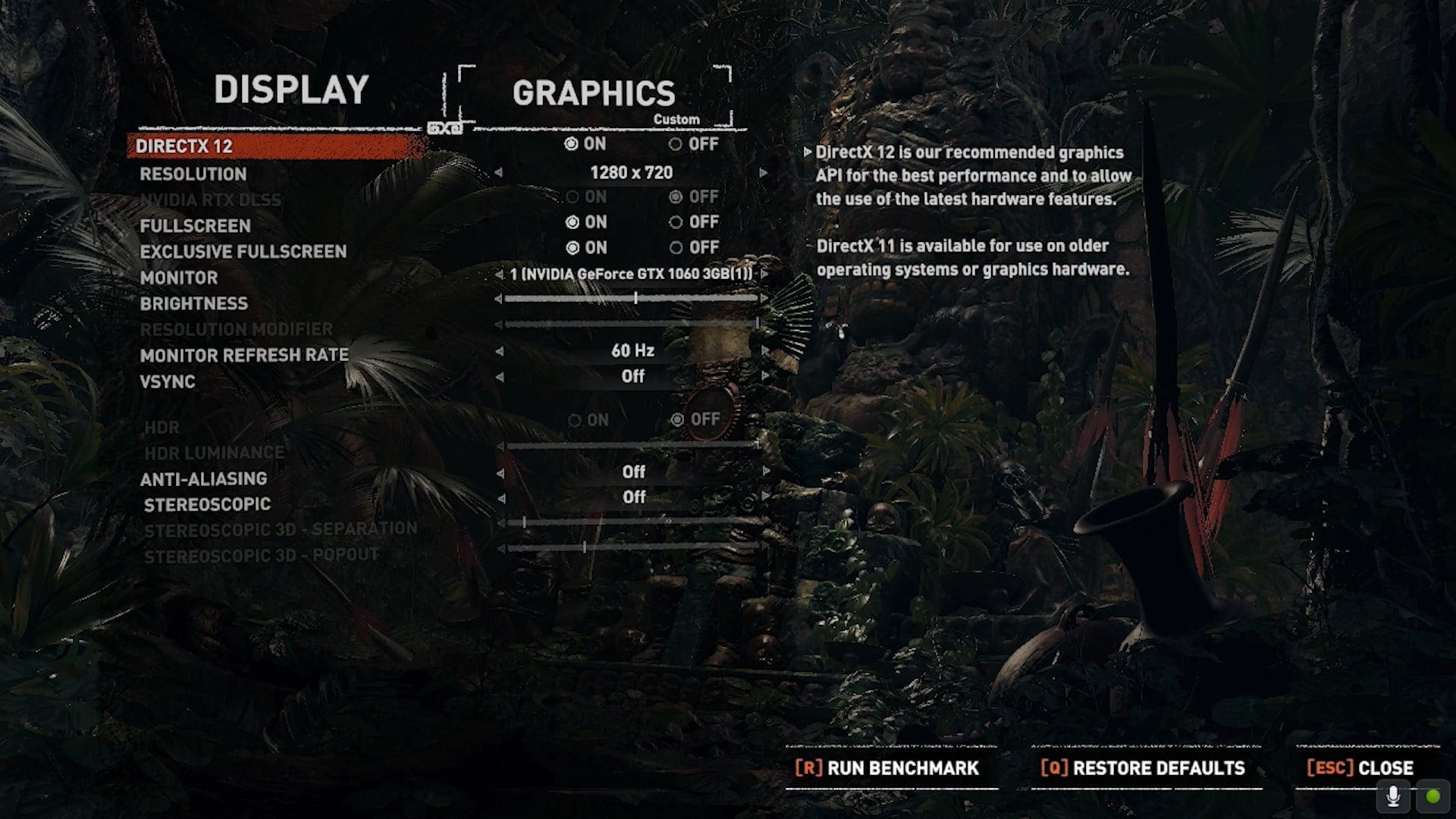
AMD FX processors from the Vishera generation are usually compared to wine – they only get better over time. And given this rather well-established opinion of some enthusiasts, it becomes doubly sad that the ASUS M5A97 LE motherboard of the second revision and the AMD FX-8350 processor I managed to get only for a short time. Therefore, it will not work to call this material complete. But given some of the specifics of this testing, this article can be very useful for review.
Also, you need to understand that this is not the last material with AMD processors. We will definitely come back to these CPUs soon. For now, let’s take a look at today’s test subject:
Processor

According to the labeling, the AMD FX-8350 sample was released in March 2018. The chip has four modules, eight threads (if you like, eight cores), operates at a base frequency of 4000 MHz, and in a turbo boost it should automatically increase to 4200 MHz, but on the test setup motherboard, it rarely reached this mark, often staying at around 4100MHz.
CPU FX-8350 cache configuration: the chip has 16KB L1 cache per core, 2MB L2 cache per module, and 8MB shared L3 cache.
The processor is designed for installation in motherboards with AM3+ socket and characterized by power consumption of around 125 watts.
Let’s go straight to the specifics of this testing. AMD FX-8350 has been tested with DDR3 2133MHz RAM:
Comparative table of test participants:
| Processor | Xeon X5660 | Xeon X5570 | Xeon E5-2643 | Core i5-2500K | Xeon X3450 | Xeon X3470 | FX-8350 |
| Socket | LGA 1366 | LGA 1366 | LGA 2011 | LGA 1155 | LGA 1156 | LGA 1156 | AM3+ |
| Base frequency | 2800MHz | 2933MHz | 3300MHz | 3300MHz | 2667MHz | 2933MHz | 4000MHz |
| Maximum frequency | 3200MHz | 3325MHz | 3500MHz | 3700MHz | 3200MHz | 3600MHz | 4100MHz |
| Maximum frequency on all cores | 3066MHz | 3200MHz | 3400MHz | 3400MHz | 2800MHz | 3200MHz | 4200MHz |
| Number of cores/modules | 6 | 4 | 4 | 4 | 4 | 4 | 4 |
| Number of threads | 12 | 8 | 8 | 4 | 8 | 8 | 8 |
| Technical process | 32nm | 45nm | 32nm | 32nm | 45nm | 45nm | 32nm |
| L2 cache (per core) | 256KB | 256KB | 256KB | 256KB | 256KB | 256KB | 2MB |
| L3 cache (shared) | 12MB | 8MB | 10MB | 6MB | 8MB | 8MB | 8MB |
| L3/CP frequency | 2666MHz | 2666MHz | связана с ядрами | связана с ядрами | 2133MHz | 2400MHz | 2200MHz |
| Memory controller | 3-channel | 3-channel | 4-channel | 2-channel | 2-channel | 2-channel | 2-channel |
| TDP | 95 watt | 95 watt | 130 watt | 95 watt | 95 watt | 95 watt | 125 watt |
Test setup:
- Processors — FX-8350, Xeon E5-2643, Xeon E5506, Xeon X3450, Xeon X3470, Xeon X5570, Xeon X5660, and Core i5-2500K
- Cooling — Cooler Master Hyper 212 Black Edition (RR-212S-20PK-R1)
- RAM for LGA 2011 — 3 x 8GB Micron MT36JSF1G72PZ-1G4M1HF with a total capacity of 24GB
- RAM for LGA 1366 — 3 x 8GB HyperX Genesis Na’Vi Edition (KHX16C9C2K2/8) with a total capacity of 24GB
- RAM for AM3+/LGA 1156/LGA 1155 — 2 x 8GB HyperX Genesis Na’Vi Edition (KHX16C9C2K2/8) with a total capacity of 16GB
- Motherboard AM3+ — ASUS M5A97 LE R2.0
- Motherboard LGA 2011 — DELL T3610 (09M8Y8)
- Motherboard LGA 1366 — DELL T3500 (09KPNV)
- Motherboard LGA 1155 — Gigabyte GA-Z68P-DS3 (rev. 2.0)
- Motherboard LGA 1156 — Gigabyte H55M-USB3
- Video card — Palit GeForce GTX 1060 DUAL 3ГБ (1506/1709/8000MHz, Power Limit 115%)
- Solid-state drive — KINGSTON 120GB SA400S37120G (Windows 10 1903/Apps)
- HDD — Seagate 2TB ST2000DM008-2FR102 (Games)
- Power supply — Chieftec GPS-1250C
Software:
- Windows 10 Pro v1903 x64
- CPU-z v1.90.0 x64
- AIDA64 v6.10.5200
- NVIDIA GeForce Game Ready Driver 441.08 WHQL
- V-Ray Benchmark v4.10.03
- Corona Benchmark v1.3
- Cinebench R15.38
- Cinebench R20.060
- xNormal 3.19.3.39669 x64 (NM Map сглаживание x4, AO Map сглаживание x1)
- HWBot x265 Benchmark v2.0.0
- WinRar v5.8 Beta 2 x64
- 7-Zip v19.0 x64
Games and graphics settings:
Let’s go directly to testing. I will not comment on individual tests, I will limit myself to just a couple of words in addition to the block with games and programs.
Overall performance:

Rendering, Synthetics:


Rendering




Video encoding

Archiving


As expected, AMD FX-8350 performed well in the software environment, sometimes outperforming even the 6-core, 12-thread Xeon X5660 chip! Moreover, in such well-optimized multithreading applications as v-Ray, x265 Benchmark, and 7-zip.
Will FX be able to continue its victorious performance in gaming applications? Let’s check it out:
Games:








Unfortunately, at base frequencies in gaming tests, the FX-8350 failed to perform as well as in software tests. In addition, for the most part, it did not manage to compete with the cheaper and more profitable Xeon chips.
Of course, the FX-8350 could have been improved by overclocking, but, as I said above, we simply didn’t have enough time for this. However, in the future, we will eliminate this annoying omission and test the processor at maximum overclocking and with different RAM frequencies.
You can visually verify the performance of AMD FX-8350 in gaming applications using the video test below:
Conclusion
This rarely happens, but if we talk only about base frequencies, then the AMD FX-8350 processor can be safely recommended for a budget assembly used for video encoding, rendering, and so on. But in games, not everything is so good. For example, for the popular Destiny 2, this processor is not particularly suitable. In other projects, the FX-8350 is also not stable. The same Xeons for LGA 1156 look more interesting and, most importantly, their cost is at least several times lower than that of an AMD processor.
In other words, if you work more than you play at the computer, buying AMD FX on the secondary market will be a more profitable investment. Speaking about games, the FX-8350 doesn’t look particularly attractive, at least at the base frequencies.
Happy new year 2020, dear friends!






























